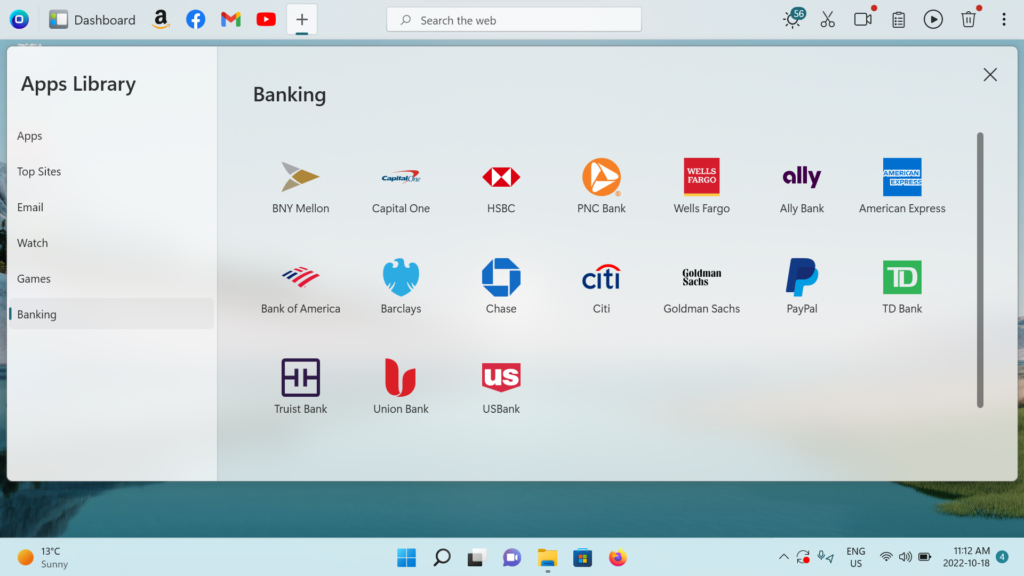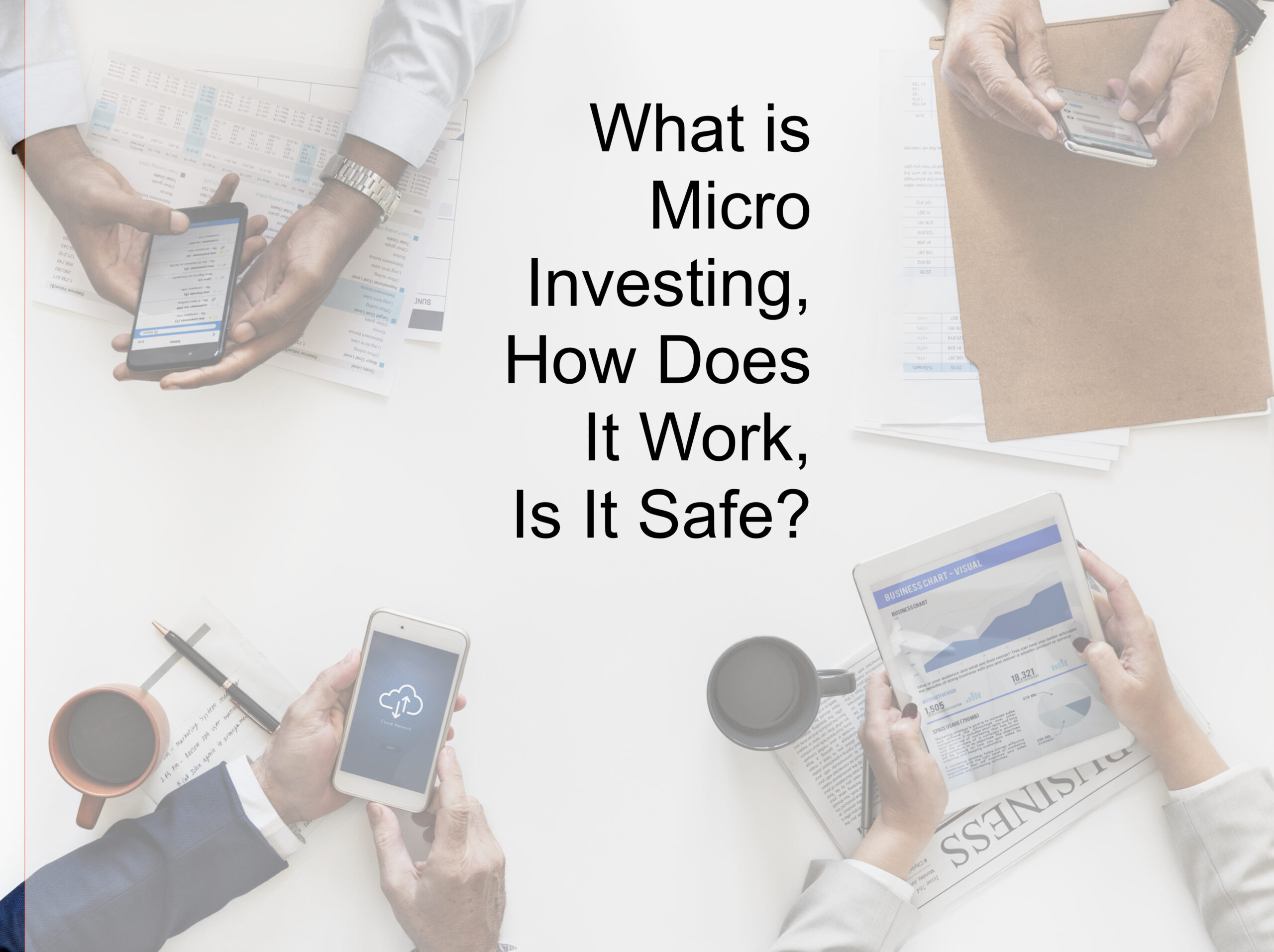What is Micro-Investing, and How Does it Work?
The bar to entry for getting into investing can seem rather high. It often involves saving up thousands of dollars in order to meet the minimum required deposit to open an investment account. This is the classic “have money to make money” issue that leads many people not to bother to even start investing. In fact, according to a Business Insider poll, 40% of millennials don’t feel that they have enough money to start investing in the stock market.
This sentiment has led to the new micro-investing trend. Micro-investing refers to downloading an app that has a much lower bar to entry in order to start investing and earning money. These apps make it easy to connect a debit card or bank account and start investing in stocks.
But how do these micro-investing platforms work? What are some examples? Should you use a micro-investing app? Are they dangerous?
We’ll be going through everything that you need to know about micro-investing so you can decide whether or not you should get into it.
How Does Micro-Investing Work?
Micro-investing apps are designed to let you start buying and selling stocks with only small amounts of money.
These apps are usually very user friendly, allowing you to easily set up an account and deposit money. Many apps will allow you to choose a risk level you’re comfortable with and then automatically place your money in a fund or portfolio based on your comfort level. You can set up automatic transfers from your bank account or debit card depending on how much money you want to invest every month.
Micro-investing apps are also inexpensive for people with small investment accounts. According to Business Insider, most investing apps only have a monthly fee of around $3-$5 and encourage you to start investing with as little as $1. If you have an account with less than $5,000 in it you’ll only pay one dollar a month on popular micro-investing apps Stash and Clink.
If you want a more involved approach, apps like Robinhood will let you buy, trade, and invest in stocks and cryptocurrency of your choosing without paying any commission fees, according to Ramsey Solutions. If you don’t know much about investing, some micro-investing apps also include educational articles, videos, and podcasts that give investment advice to first-timers. Note that micro-investing apps won’t give you access to a financial advisor.
Micro-investing apps are sometimes referred to as spare change investing apps. The idea is, you round up purchases to whole dollar amounts and set aside the spare change to invest. So if you spent $85.23 at the grocery store, you could set aside the .77 cents for micro-investing.
Should You Start Micro-Investing?
First of all — is micro-investing safe? The apps are generally safe, but some have been known to be involved with shady practices. The aforementioned Robinhood, for example, has been accused of restricting its users’ trading and is facing several lawsuits, according to Reuters. If you’re thinking of getting started in micro-investing, do your due diligence and research the app you’re thinking of using to see if they’ve been involved in shady practices.
To research micro-investing apps, we recommend using the Finra Brokercheck tool. This provides free information about investment firms, so you can evaluate whether their micro-investing app is worth using. You can make a shortcut to the Finra Brokercheck tool with OneLaunch’s bookmark tool and store it alongside your other banking and financial apps.

Micro-investing also tends to gamify investing to the point that it doesn’t feel like real money. With how easy it is to deposit and trade stocks, you could quickly find yourself treating it more like gambling than investing. For this reason, it’s best to limit how much money is deposited into your account every month, so you don’t go overboard or all-in on a stock.
In that same line of thinking, don’t go all in on a single stock or investment opportunity. Ramsey Solutions recommends setting up an emergency fund that can cover 3 to 6 months of investments and establishing a regular income before you start investing. Investment opportunities and stocks can often give you the feeling of FOMO – the fear of missing out. Resist the urge to put everything into a single stock or fund. If you aren’t as familiar with trading stocks, don’t start out putting money in high-risk trades on apps.
Lastly, don’t expect macro results when micro-investing. Ramsey Solutions says that micro-investing is OK as a plan to make the most out of some side cash, but don’t recommend it as the only investment plan you have. You should expect micro-solutions to provide micro results.
Common Micro-Investing Apps
The app you use is ultimately up to you, and we don’t recommend any specific app to get started. You should know the risks and have realistic expectations before getting started. Here are a few common apps and what they’re known for. Inclusion on this list doesn’t equate to an endorsement; our research tells us these are some of the more popular micro-investing apps:
- Acorns – “Spare change investing” that provides investment portfolios, learning resources, and transparent fees
- Stash – Learn how to invest stocks, ETFs, and Cryptocurrency
- Plynk – Beginner investing with easy to understand language
- Webull – No commission trades and in-depth trading analysis
- Public.com – Connect with other investors to understand how to get started
Again, always do your own research to understand what micro-investing app fits your needs! Read user reviews and industry reviews.










 Share On Twitter
Share On Twitter